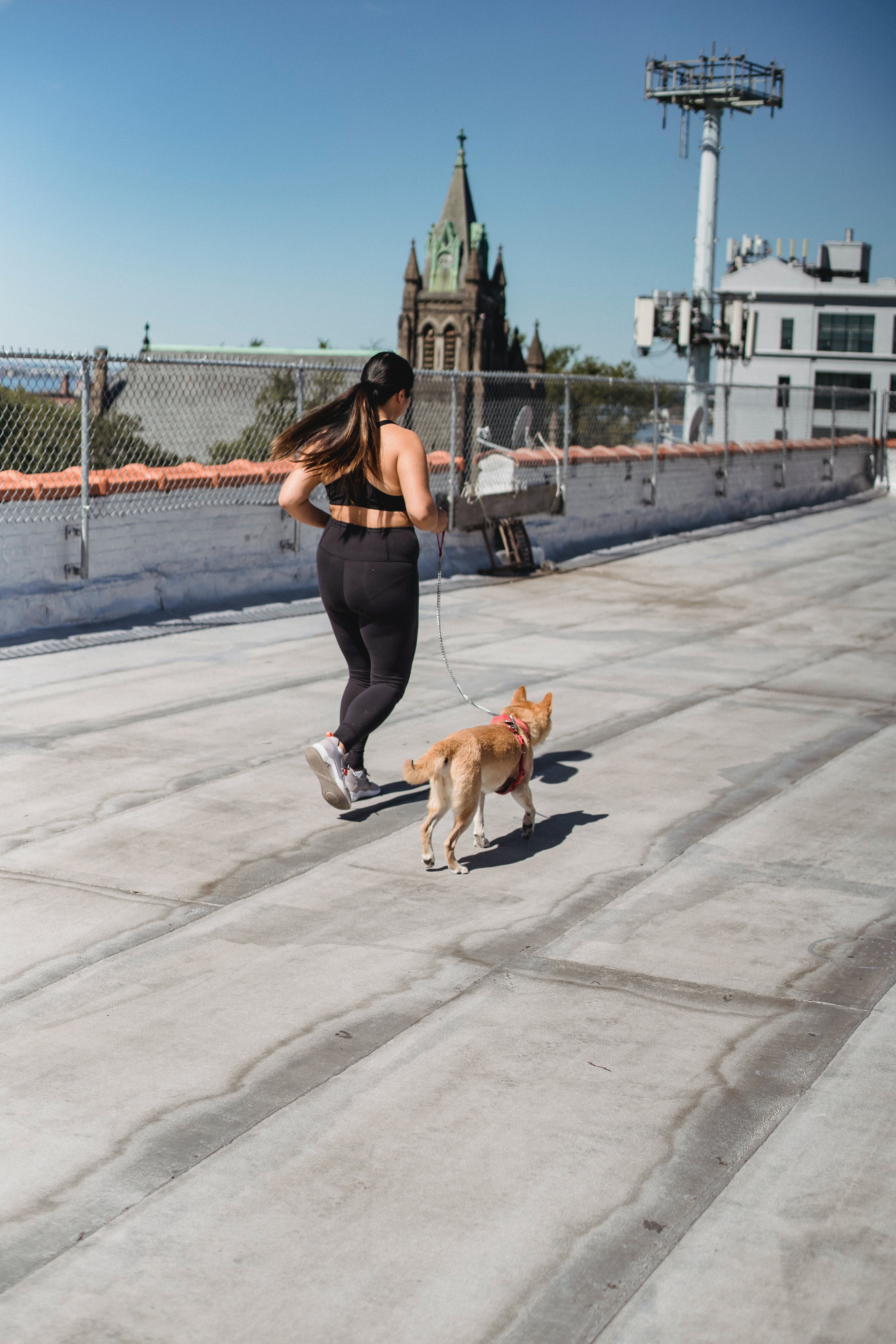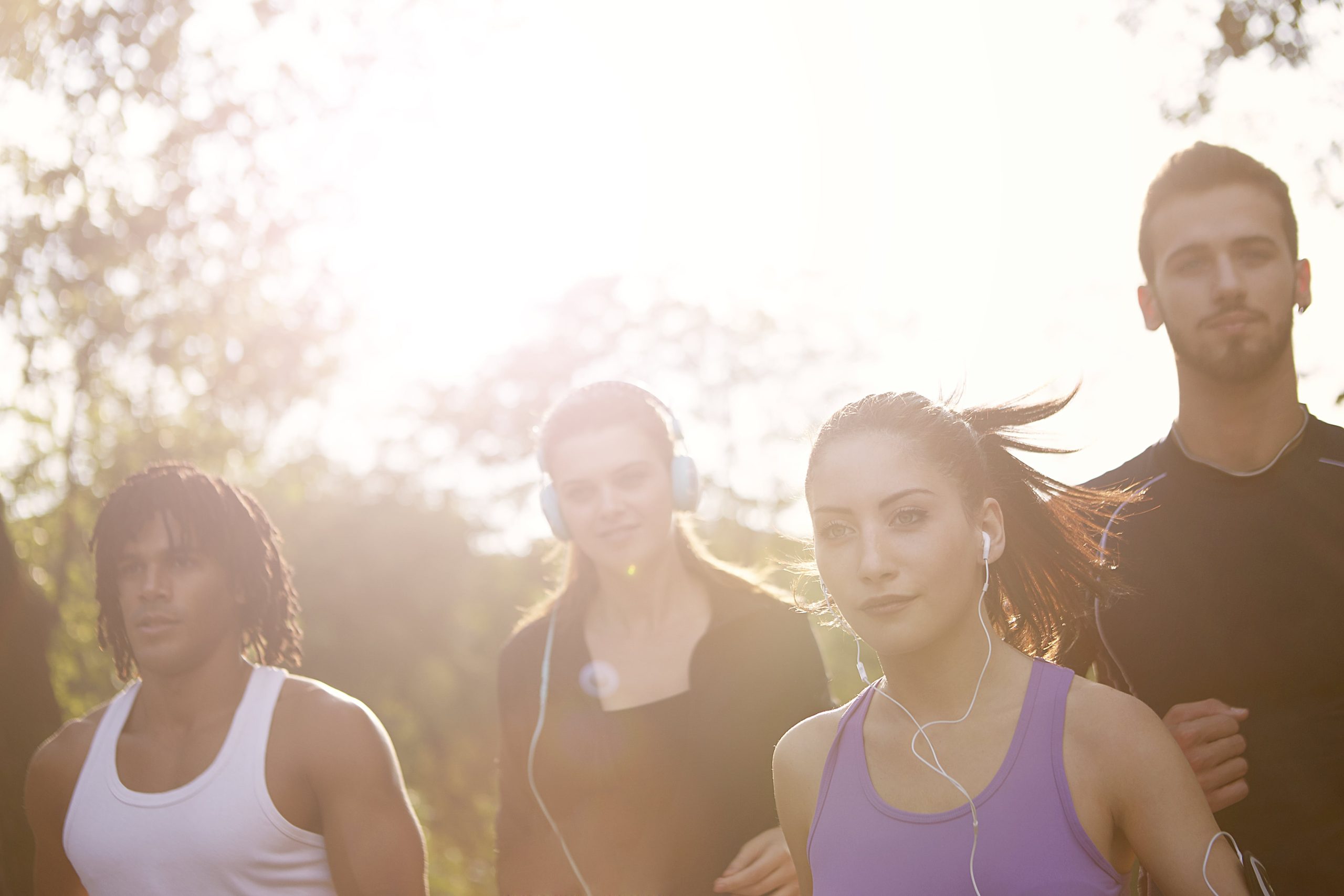As you’ve embraced the convenience and flexibility of full body workouts from home, the next step is to craft an environment conducive to your success. The ideal home workout space is one that resonates with your fitness ambitions and personal preferences. Start by earmarking a dedicated spot, be it a section of your bedroom, a nook in your living room, or a partitioned area of your basement. This physical delineation helps in mentally committing to your exercise regimen.
In shaping this space, lighting plays a pivotal role; it’s not merely functional but also sets the mood for your workout. Bright, invigorating lighting can help simulate the freshness of outdoor training, and if natural sunlight is scarce, consider bulbs that emulate daylight. Ventilation, too, is a key factor. A refreshing breeze from a window or a strategically placed fan can make your exercise session more pleasant.
With regards to equipment selection, simplicity is key. Essentials like a sturdy yoga mat, versatile resistance bands, and adjustable dumbbells can serve a multitude of workouts without cluttering your space. Adding a wall mirror can greatly enhance your form and technique, providing real-time feedback as you engage in each movement. This visual component is crucial for ensuring you’re reaping the full benefits of each exercise.
Don’t underestimate the influence of auditory elements in your workout environment. A charged playlist broadcasted through your chosen audio device can serve as the rhythm to your routine, driving you to push through challenging sets. And to maintain an inviting and safe workout space, keep it tidy and organized. A well-kept area not only minimizes distractions but also beckons you to return regularly, reinforcing the habit of your at-home fitness journey.
Staying Motivated: Building Consistency in Your Home Workout Regime

After the essential practice of cooling down to close out your workout, the journey continues with fostering the motivation needed to maintain a home workout regime. The allure of consistency in fitness is rooted in setting realistic, achievable goals. Visualize the triumph of hitting your weekly objectives and perhaps rewarding yourself with a novel piece of fitness gear or an evening of indulgence. It is these incremental triumphs that accumulate to substantial transformations over time.
Combat the stagnation that can come from routine by injecting diversity into your workout regimen. A robust blend of cardio, strength, and flexibility training can keep your motivation burning. Leverage the plethora of online resources, from virtual classes to fitness applications, offering an array of routines to enliven your regimen. Embrace the notion that your fitness journey is a reflection of your personal growth and evolution.
When you find your energy waning and procrastination lurking, turn to the power of accountability. Forge a partnership with a workout buddy or engage with an online fitness community. Documenting your journey and having peers to encourage you can significantly elevate your commitment. For those yearning for a community of like-minded fitness advocates, Run Just For Fun provides that network. Discover more and embark on your journey by visiting our website.
Finally, it is paramount to heed the signals your body emits. True consistency is not synonymous with ignoring discomfort or fatigue; rather, it is about crafting a balanced regimen that is sustainable in the long haul. With a blend of dedication and patience, your home workouts will seamlessly integrate into your daily regimen, setting the stage for enduring fitness and well-being.
Embracing Home Fitness: The Rise of Full Body Workouts

In recent times, the shift towards home-based fitness routines has grown exponentially, a transformation accelerated by the global health crisis. The pivot from traditional gym workouts to the realms of the living room has highlighted the appeal of full body workouts that can be executed from the comfort of home. These workouts, adaptable to various lifestyles and time constraints, offer a comprehensive way to maintain fitness without setting foot outside.
Embracing the concept that fitness is a journey, not confined to the walls of a gym, full body workouts at home have revolutionized our approach to exercise. Whether squeezing in a morning routine before the day begins, or unwinding with an evening session, these workouts are designed to fit seamlessly into one’s personal schedule. They cut out commute times, lower fitness-related expenses, and allow individuals to work out in the privacy of their own space.
To embark on this fitness voyage from home, explore our website for insights and kickstart your regime. Click here. Our resources are dedicated to supporting your fitness journey, featuring a diverse array of exercises that engage every key muscle group for a truly full body experience. Whether you’re drawn to the intensity of HIIT or the steady progress of strength and flexibility training, our platform caters to a variety of preferences.
The adoption of home fitness is not merely a passing fad but a fitting adaptation to contemporary life. The rise of full body workouts at home exemplifies the versatility and resilience of those dedicated to maintaining their health and fitness, demonstrating that a personal commitment and open-mindedness to new workout methods are the real cornerstones of staying in shape.
The Core Components of a Home-Based Full Body Workout

Now that your body is primed with a dynamic warm-up, it’s time to delve into the core components of a home-based full body workout. Such a workout is not only convenient but also incredibly effective, bypassing the need for costly gym memberships or elaborate equipment. The focus here is on exercises that engage multiple muscle groups for a balanced and all-encompassing training session.
Building on the foundation laid by your warm-up, transition into bodyweight exercises that are the staple of an excellent home workout. Engage in push-ups, squats, and lunges to challenge various muscles together, with modifications available to tailor the intensity. To fortify your core stability and strength – vital for your overall fitness – incorporate exercises like planks and other abdominal work.
Mixing in household items as make-shift weights, such as food cans, filled water bottles, or a packed backpack, can introduce an innovative twist to your regimen. This not only provides a new challenge to your muscles but also infuses creativity into your sessions.
As you move towards concluding your workout, remember that a proper cool-down is on the horizon. It’s essential to include this phase, with static stretches or yoga poses to facilitate muscle recovery and diminish soreness, thus ensuring the longevity of your fitness journey.
Dynamic Warm-Up Routines: Igniting Your Workout Session

Embarking on your full body workout at home, it’s crucial to transition effectively from crafting your workout space to engaging in the exercises themselves. This begins with a dynamic warm-up routine that not only primes your muscles but also aligns with the convenience and flexibility of your home environment. Incorporate active stretches and movements such as leg swings and lunges to methodically elevate your heart rate and channel nutrient-rich blood into your muscles, ensuring they are prepped for the session ahead.
For an at-home workout, your dynamic warm-up should reflect the exercises to come, seamlessly integrating movements like high knees, butt kicks, and arm circles. These exercises serve a dual purpose: they condition your limbs while also engaging your core and upper body, providing a comprehensive prep that mirrors the full body focus of your upcoming routine. It’s about creating harmony in your movements, minimizing injury risks, and enhancing your workout efficacy.
However, the warm-up’s influence extends beyond the physical. It also sets a mental precedent, focusing your attention and fostering a deeper mind-muscle synergy. This mental engagement is particularly beneficial when working out at home, where distractions may be more prevalent. Maintain control and intent with each movement, allowing yourself to mentally transition from the comfort of your home to the intensity of your workout.
In your home-based fitness regimen, allocate 5 to 10 minutes for a dynamic warm-up, customizing it to cater to your specific needs and any areas that might require more attention. This practice doesn’t just prepare you for the immediate workout but also contributes to your broader fitness journey, promoting long-term resilience and consistent performance gains.
Cooling Down: Essential Post-Workout Practices at Home

Just as the orchestration of an effective full-body workout at home involves a variety of exercises targeting multiple muscle groups, so too does the cool down phase play a critical role in your fitness regimen. It’s not merely an afterthought; it’s an integral part that ensures your body is well-prepared for the next workout session. After completing your last set of lunges or the final plank, it’s time to transition your body into recovery mode.
Gentle aerobic activity is your first step in cooling down. Rather than coming to an abrupt halt, engage in a slow walk or a light jog in place to help your heart rate come down smoothly. This aids in stabilizing blood circulation and can be done in any open space within your home. It’s a pivotal process that reduces the risk of dizziness and assists in flushing out the byproducts of intense physical activity.
Proceed to stretch out your muscles with a focus on those that have borne the brunt of your workout efforts. Whether it’s your glutes from those squats or your shoulders from push-ups, stretching enhances flexibility and helps to alleviate any tightness. Take advantage of the tranquility in your home to create a relaxing stretch session, holding each stretch for 20-30 seconds to get the full benefit.
Lastly, the importance of rehydration and nutrition cannot be overstated. Drink plenty of water or a sports drink to rehydrate, and opt for a balanced snack to replenish your energy reserves and aid in muscle recovery. This isn’t just part of the cooldown; it’s an essential aspect of your overall home fitness journey that primes you for enduring success and readies you for the consistent workout routine you’ll learn about in the next section of this article.


